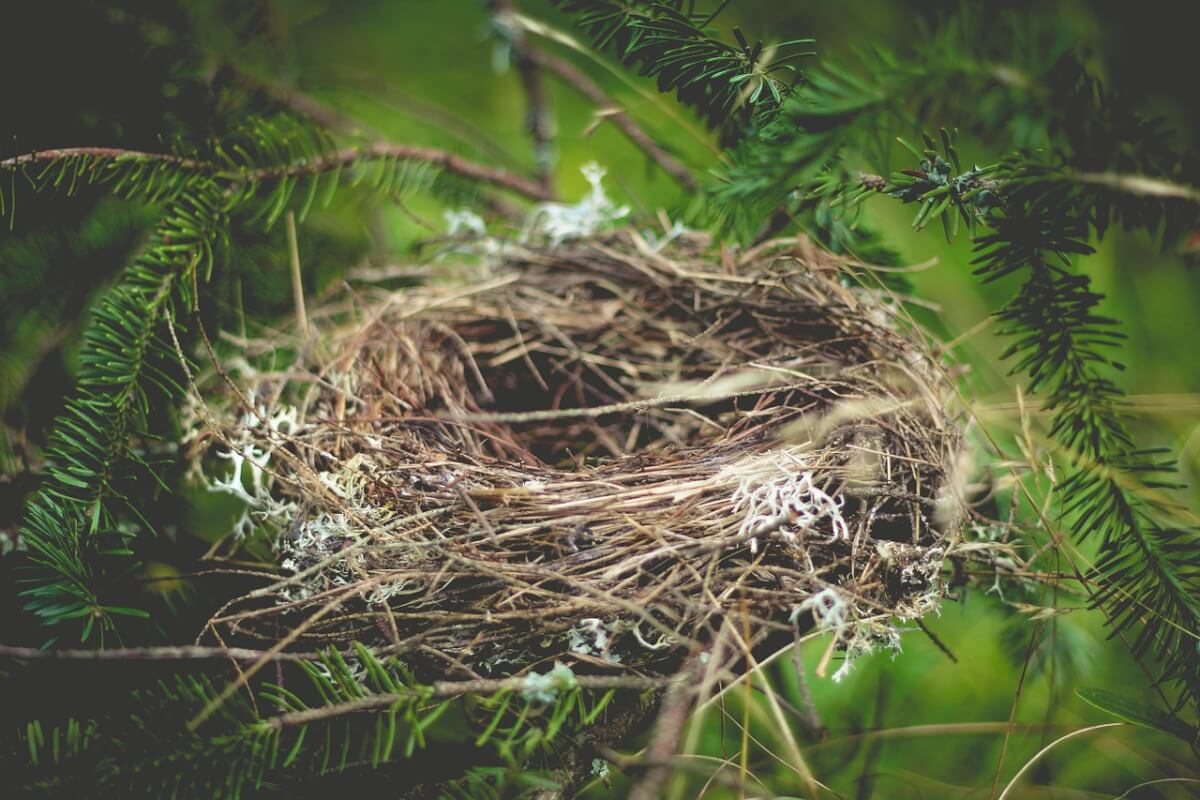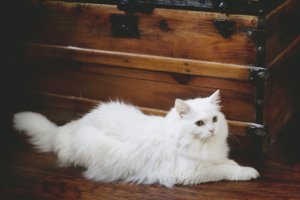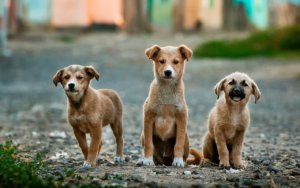Incubation
After the time of incubation, which proceeds for 13 – 14 days , the baby – birds start hatching . The knock the shell from inside with the help of “ the egg – tooth ”, which is a small chalk tentacle on the upper side of the beak and with its help baby – birds manage to make a hole, which they broaden gradually . At last they are able to get out of the egg , breaking its obtuse end . According to some people the just – born birds look like “touching beasts ” – nestlings with some fluffs , big raised shut eyes and wide open hungry beaks .
Family life
Only the female bird warms babies and just on the next day it starts feeding them . On the day of hatching they do not need any food – the yolk that it still in their abdominal cavity as reserve is enough . The male canary takes care of providing food – it often feeds the babies by pouring grounded food into their beaks . The female bird looks after the cleanness into the nest – she either eats alone or takes out of the nest the excrements of the babies that are covered in mucus . In about 7 – 8 days the mucus membrane stops forming and small birds sit on the nest ‘ s edge alone , put their posteriors out and shoot their excrements away . Cares in the nest take about 16 days . After that young birds leave the nest, but their parents continue to feed them additionally for a certain time .
ADVICE : If the bird cage is big enough , leave the family together . But if the female bird starts pulling its feathers out to build a new nest you should separate the young birds from their parents .
Controlling the nest
You can quietly look in the nest until the 14 th days. Then it is better to leave everything in peace . If small canaries stay deeply crouched and cuddle into each other into the nest , it is very dangerous if you put your hand inside . They can get freighted and to go out of the nest and thus to hurt themselves.
ADVICE : If it happens so that a small canary falls out of the nest, take it into your palms and hold it at least for half an hour near the radiator . Only then return it back to the nest .
Feeding
During the time of incubation and breeding the small birds :
Give calcium to the female birds. Generation of eggs spends calcium in great amounts from its body .
Add additional nourishing mixtures for the growth of small birds (they can be found in zoo – shops ). They should be at disposal of parent birds all the time while they feed the baby – birds . Besides, often control these mixtures to be fresh . They should be loose and easily to break them to pieces .
Growth of baby – birds
1 st – 5 th day . Baby – canaries are still with eyes shut and take up embryonic position ; they lie down with their bellies up without stretching their necks .
6 th day . They open their eyes . The tubules on feathers can be clearly seen
7 th – 8 th day. Canaries start shooting alone their excrements out of the nest .
12 th day . The tubules covering the feathers now get torn and feathers grow .
17 th – 18 th . Yong canaries leave the nest, but they are still additionally fed by their parents .
30 th day . Young birds are fully independent .
2 nd – 6 th month . Languishing because of “ youth change “. All feathers are changed except for the flying ones . All feathers get the same full color that old birds have and now the young ones are sexually mature .






